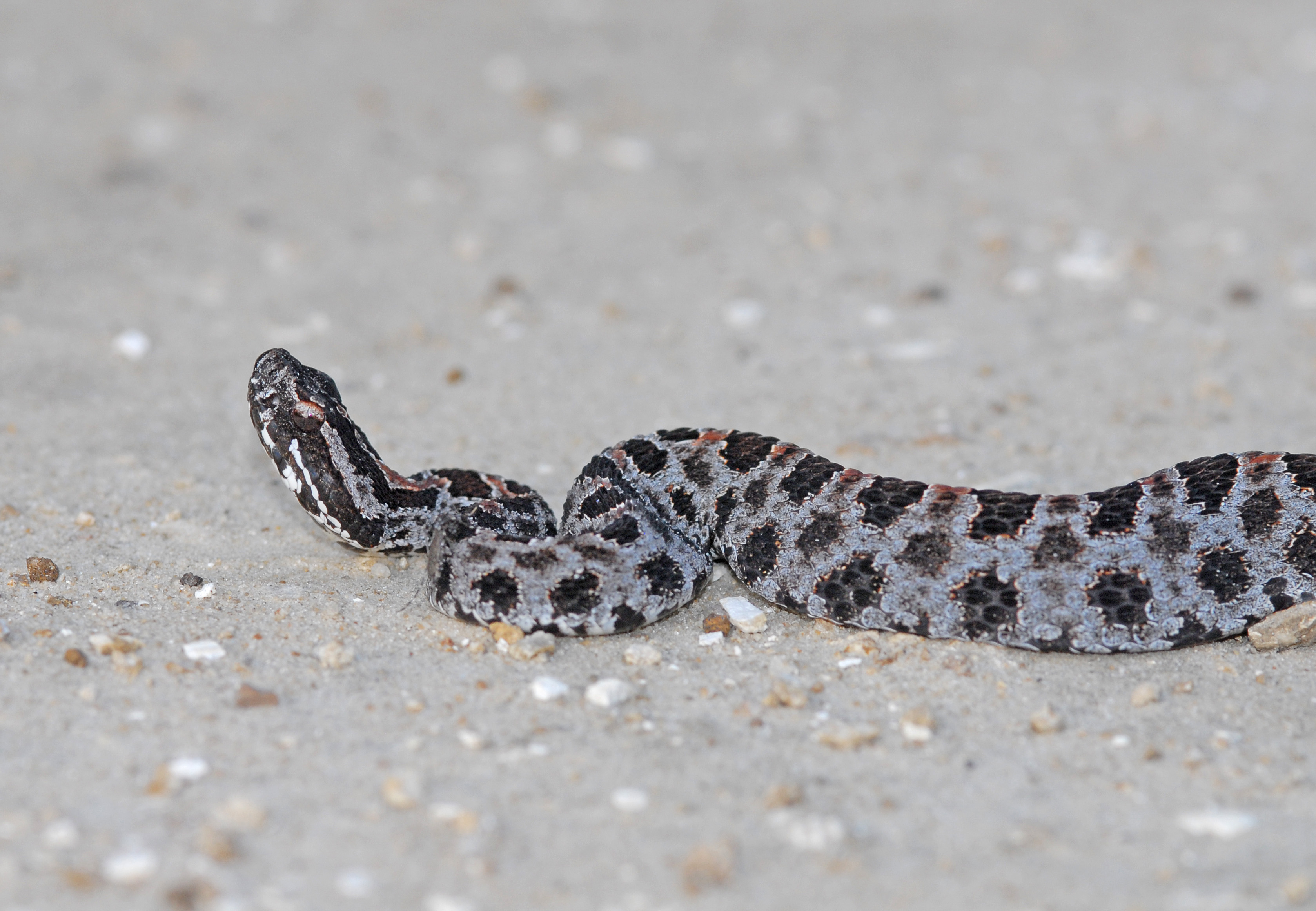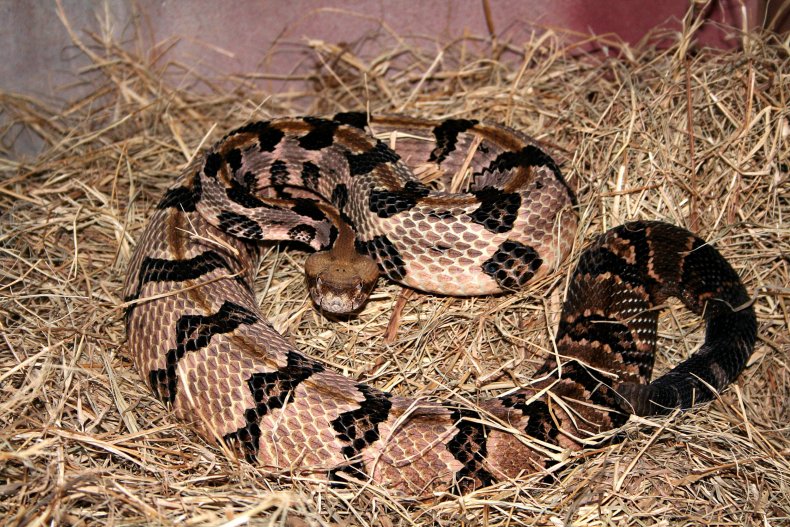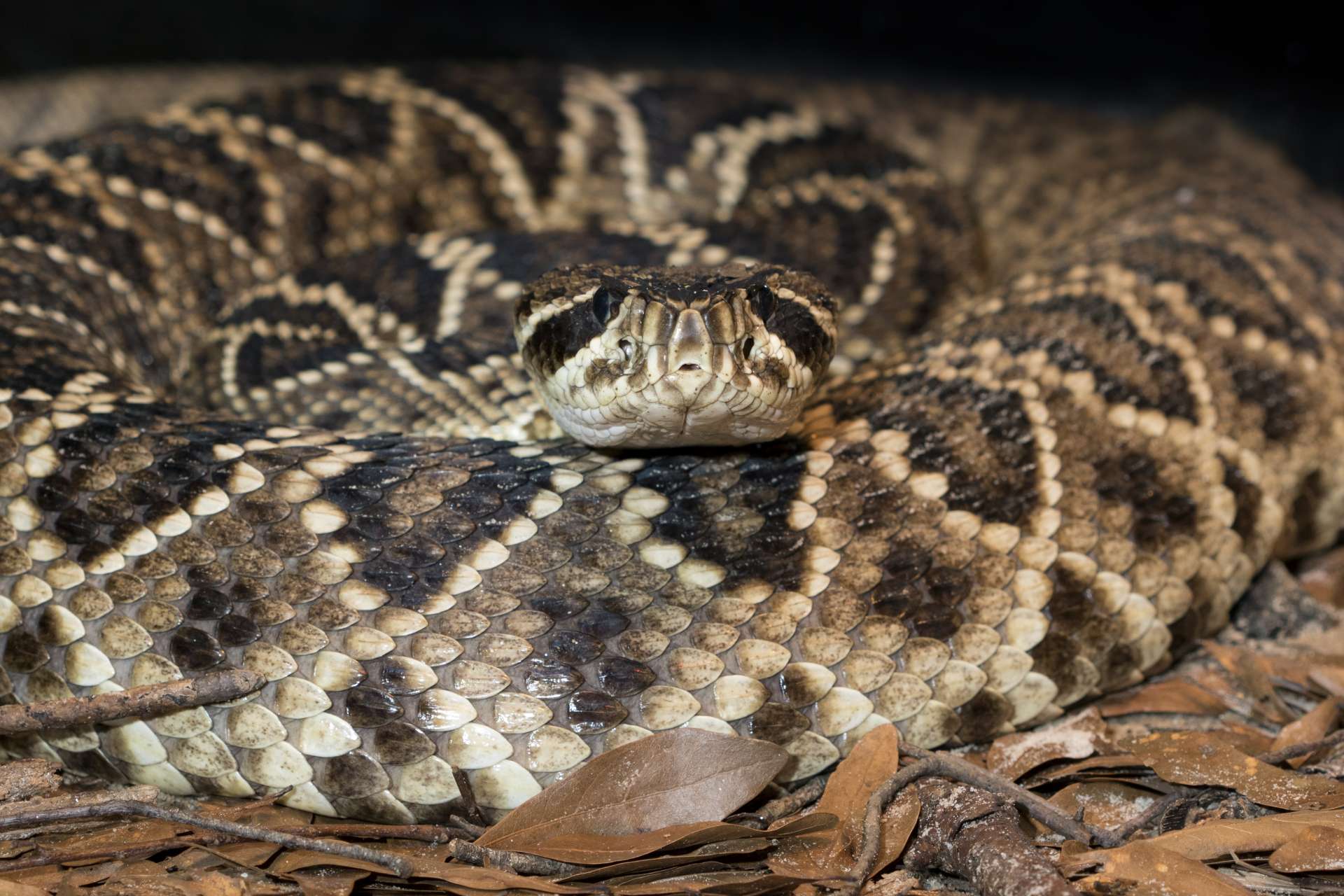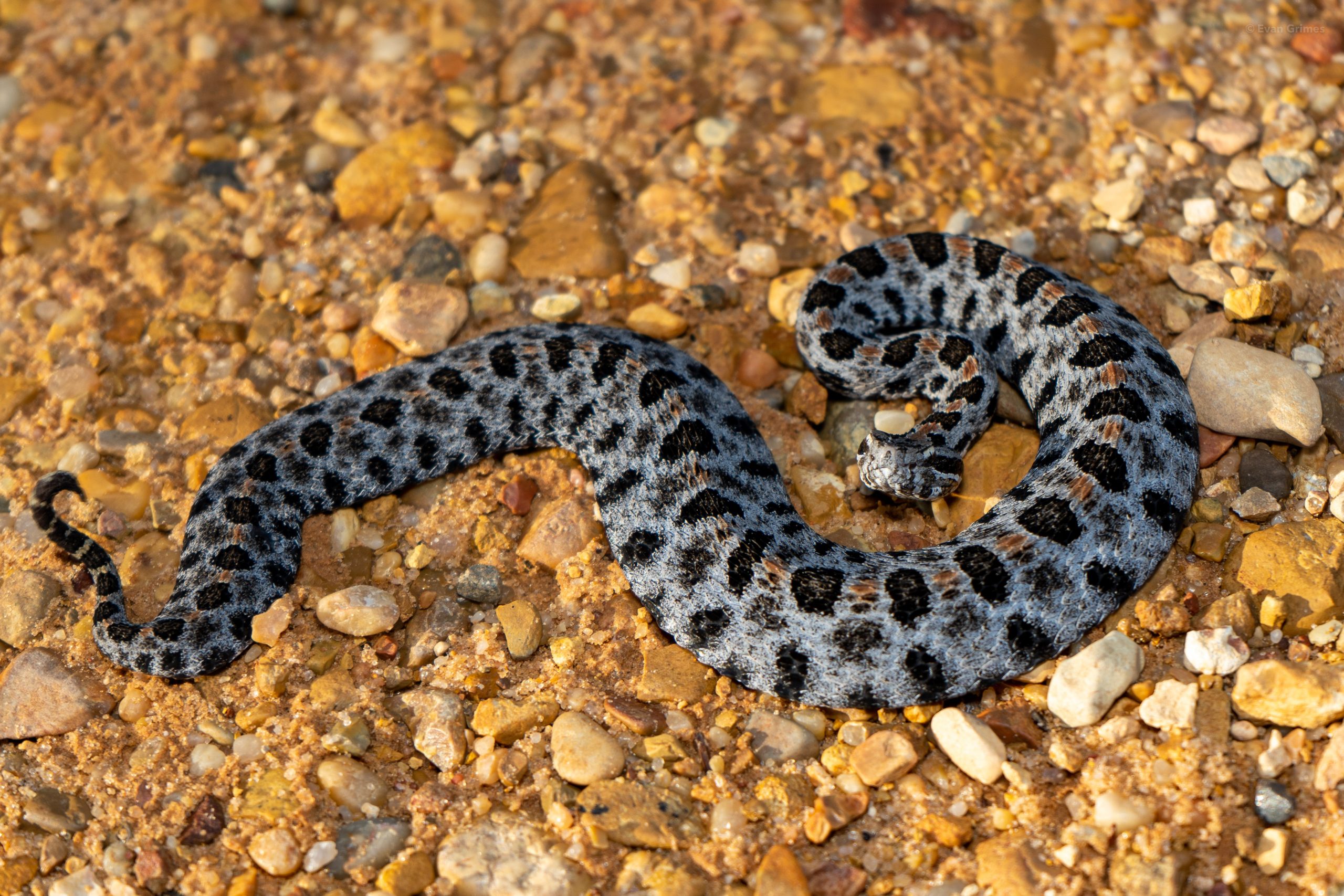Georgia is home to a diverse range of wildlife, including several species of venomous snakes. Among these, rattlesnakes are some of the most well-known and feared. There are three types of rattlesnakes that can be found in Georgia: the Timber Rattlesnake, the Eastern Diamondback Rattlesnake, and the Pygmy Rattlesnake.
Each species has its own unique characteristics and can be found in different habitats throughout the state. In this article, we will take a closer look at each of these species and learn more about their behavior, habitat, and venom.
You are reading: Discover The 3 Types Of Rattlesnakes In Georgia

3 Types Of Rattlesnakes In Georgia
Timber Rattlesnake (or Canebrake)

The Timber Rattlesnake, also known as the Canebrake Rattlesnake in the Coastal Plain of the Southeast, is a large and heavy-bodied snake that can be found throughout Georgia. They are typically gray in color, but may have a pink hue to their skin.
The northern form of the Timber Rattlesnake tends to be a little darker than the southern form. In Georgia, Timber Rattlesnakes can be found in a wide variety of habitats, including lowland thickets and high elevation forests. They are also known to inhabit rocky outcrops, bluffs, and talus slopes.
Read more : 4 Types Of Wasps Nests And Their Unique Features
Timber Rattlesnakes are venomous and can be dangerous if provoked, but they are generally shy and will try to avoid humans if possible.
Eastern Diamondback Rattlesnake

The Eastern Diamondback Rattlesnake is the largest venomous snake in North America and the largest of the six venomous species found in Georgia. They can grow up to 8 feet in length and have large, broad heads with two light lines on the face.
Eastern Diamondback Rattlesnakes are typically found in dry, sandy habitats such as pine forests, coastal dunes, and scrublands. They are also known to inhabit agricultural fields and other disturbed areas. The species is named for the distinctive series of diamond-shaped markings on its back.
Eastern Diamondback Rattlesnakes are venomous and can be dangerous if provoked, but they are generally shy and will try to avoid humans if possible. Unfortunately, the species is under threat due to habitat loss and fragmentation, as well as persecution by humans.
Pygmy Rattlesnake

The Pygmy Rattlesnake, also known as the Pigmy Rattlesnake, is the smallest of the three rattlesnake species found in Georgia. Here are some key facts about this species:
– Scientific name: Sistrurus miliarius
– Adult size: 14-22 inches (38-56 cm)
– Habitat: Wetland habitats such as swamps, marshes, and bogs
– Range: Endemic to the southeastern United States, including Georgia
– Subspecies: Three subspecies are currently recognized
– Venomous: Yes, but their venom is relatively mild and rarely causes serious harm to humans
Read more : Top 9 Most Dangerous Insects In The World
Despite their small size, Pygmy Rattlesnakes can be dangerous if provoked, so it’s important to give them plenty of space and avoid handling them.
If you encounter a Pygmy Rattlesnake in the wild, it’s best to observe it from a safe distance and let it go about its business.
FAQS
1. Are rattlesnakes common in Georgia?
Yes, rattlesnakes are relatively common in Georgia, particularly in wooded and swampy areas. However, encounters with humans are relatively rare, as rattlesnakes are generally shy and will try to avoid people if possible.
2. Are all three types of rattlesnakes found throughout Georgia?
Yes, all three types of rattlesnakes can be found throughout Georgia, although their distribution may vary depending on the species.
3. Are rattlesnakes dangerous?
Yes, all three types of rattlesnakes found in Georgia are venomous and can be dangerous if provoked. However, bites are relatively rare and can usually be avoided by giving the snakes plenty of space and avoiding handling them.
4. What should I do if I encounter a rattlesnake in the wild?
If you encounter a rattlesnake in the wild, it’s best to observe it from a safe distance and let it go about its business. Do not attempt to handle or approach the snake, as this can be dangerous for both you and the snake.
5. How can I tell the difference between the three types of rattlesnakes?
Each species of rattlesnake has its own unique characteristics, such as size, coloration, and habitat preferences. If you’re unsure which species you’re looking at, it’s best to observe the snake from a safe distance and consult a field guide or expert for identification.
Source: https://petstutorial.com
Category: Animals










